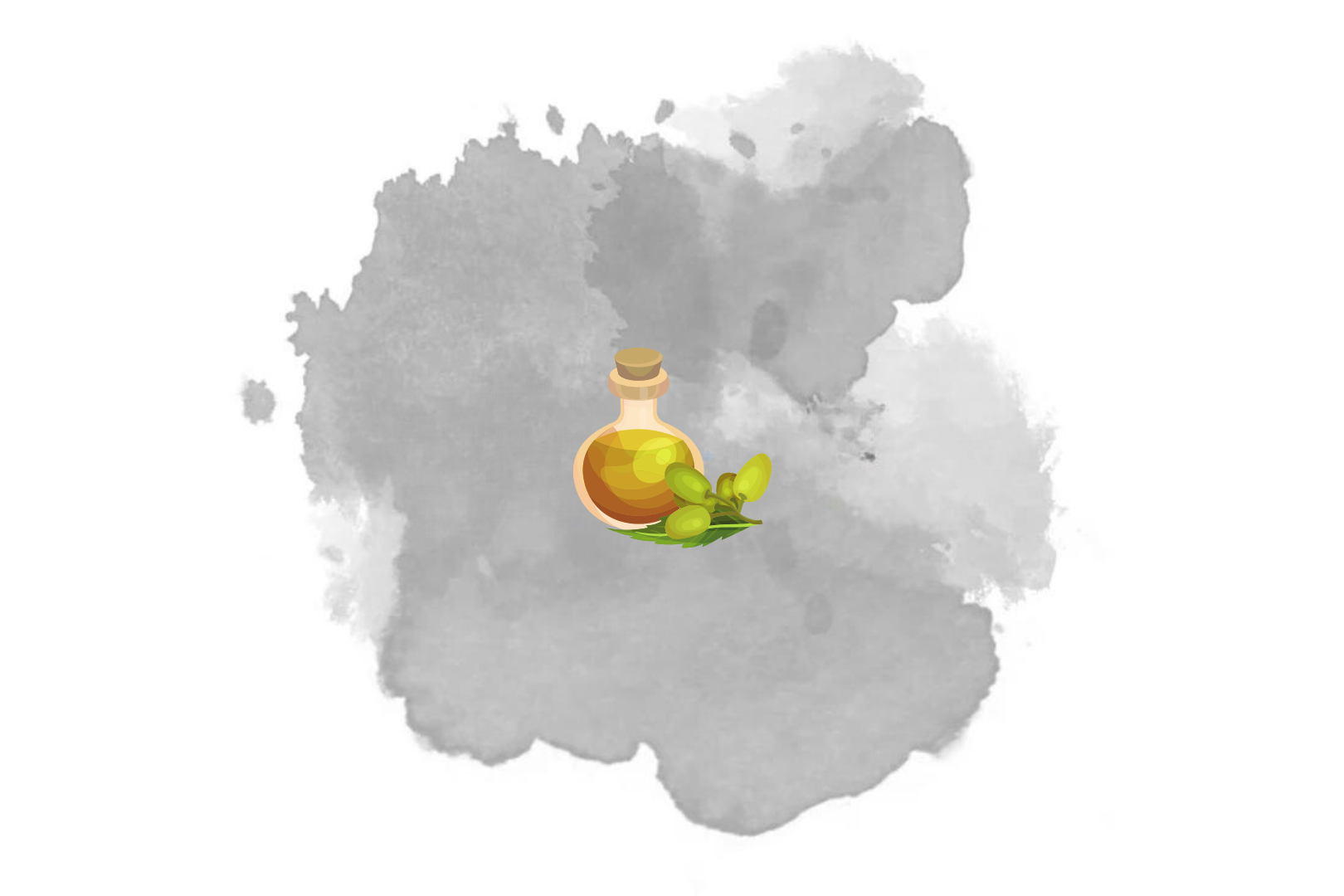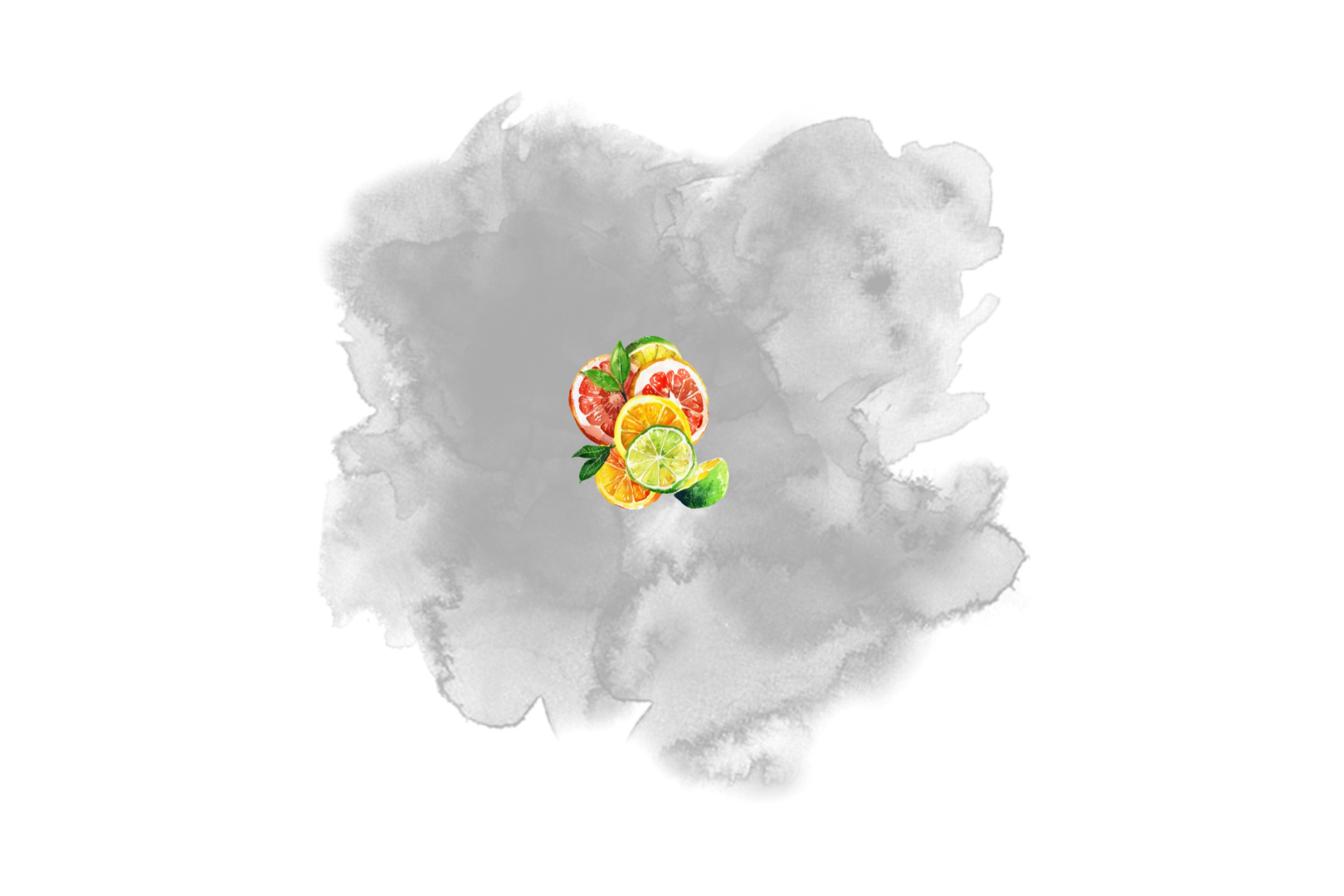Expanded clay is a versatile and very useful material for growing plants in pots. Light, draining, and resistant, expanded clay can significantly improve the growing conditions of plants. In this article, we will explore three main ways to use expanded clay in pots: as surface mulch, mixed with potting soil, and as a drainage layer at the bottom of the pot.
What is Expanded Clay and How is it Made?
Expanded clay is a lightweight and porous material highly appreciated in gardening. It is made from clay granules that are fired at high temperatures (about 1200°C), causing them to expand and create an internal cellular structure. This process gives expanded clay lightness and excellent draining and aerating properties. In gardening, expanded clay is used to improve soil drainage in pots, preventing waterlogging and ensuring better root aeration. Additionally, it can retain moisture and gradually release it, helping to maintain an optimal growing environment for plants.
1. Expanded Clay as Surface Mulch
Using expanded clay as surface mulch is not only an aesthetic choice but also offers numerous benefits for plants. Spreading a layer of expanded clay on the surface of the potting soil helps retain soil moisture by reducing water evaporation. This is particularly useful during summer months when the sun can quickly dry out the potting soil. Additionally, mulching with expanded clay can prevent weed growth, improve soil aeration, and protect plant roots from sudden temperature changes.
2. Expanded Clay Mixed with Potting Soil
Mixing expanded clay with potting soil is an excellent method to improve soil structure. By adding expanded clay to the potting soil, the drainage capacity of the substrate is increased, preventing waterlogging that can cause root rot. This technique is particularly useful for plants that require good drainage, such as succulents and cacti. The presence of expanded clay in the potting soil also improves air circulation around the roots, promoting healthier and more vigorous plant growth.
3. Expanded Clay as a Drainage Layer at the Bottom of the Pot
Using expanded clay at the bottom of the pot as a drainage layer is a common practice to avoid waterlogging. However, it is important to remember that the expanded clay layer should not exceed 2 cm in thickness. A layer that is too thick can reduce the amount of potting soil available for the roots, limiting their development space. A thin layer of expanded clay at the bottom of the pot allows excess water to drain easily, preventing the potting soil from becoming saturated and protecting the roots from fungal diseases.
Conclusion
Expanded clay is a valuable ally for anyone growing plants in pots. Whether used as surface mulch, mixed with potting soil, or as a drainage layer at the bottom of the pot, expanded clay offers numerous benefits, improving the health and growth of plants. By remembering not to overdo the thickness of the drainage layer, an ideal environment for root development and lush plant growth can be ensured. Experimenting with these methods can help find the ideal combination for the specific needs of each plant.

![#Taglia_1.7kg [sku-A0291] [lang-IT] [lang-EN]](http://lerava.com/cdn/shop/files/Cessione_IT.png?v=1749635507&width=2000)
![#Taglia_1.7kg [sku-A0291] [lang-IT] [lang-EN]](http://lerava.com/cdn/shop/files/Cessione_IT.png?v=1749635507&width=104)
![[lang-IT] [lang-EN]](http://lerava.com/cdn/shop/products/B09SLG7DHN.MAIN.jpg?v=1674813929&width=104)
![#Taglia_70m² [sku-VV-KMTV-QLBE] [lang-it] [lang-en]](http://lerava.com/cdn/shop/files/Primavera_IT_1.png?v=1749609539&width=104)
![#Taglia_100m² [sku-A0360] [lang-IT] [lang-EN]](http://lerava.com/cdn/shop/files/ESTATE_IT_100m.jpg?v=1751879953&width=104)
![#Taglia_70 m² [sku-A0016] [lang-it] [lang-en]](http://lerava.com/cdn/shop/files/Add_a_heading.png?v=1758461245&width=104)
![[lang-IT] [lang-EN]](http://lerava.com/cdn/shop/files/Solfato_Di_Ferro_IT_1.png?v=1749608449&width=104)
![#Taglia_30m² [sku-AVARACH] [lang-IT] [lang-EN]](http://lerava.com/cdn/shop/files/Champion_IT.png?v=1749608049&width=104)
![#Taglia_30m² [sku-A0265] [lang-IT] [lang-EN]](http://lerava.com/cdn/shop/files/Express_IT_1.png?v=1749619514&width=104)
![#Taglia_10m² [sku-A0148] [lang-IT] [lang-EN]](http://lerava.com/cdn/shop/files/1_10_IT.jpg?v=1727419569&width=104)
![#Taglia_20m² | 200g [sku-A0192] [lang-IT] [lang-En]](http://lerava.com/cdn/shop/files/1_1_193571c2-dc92-488a-b9ac-170592f0b658.jpg?v=1744210602&width=104)
![#Taglia_200g [sku-A0220] [lang-IT] [lang-EN]](http://lerava.com/cdn/shop/files/IT_Semi-Trifoglio200g.jpg?v=1756610388&width=104)






